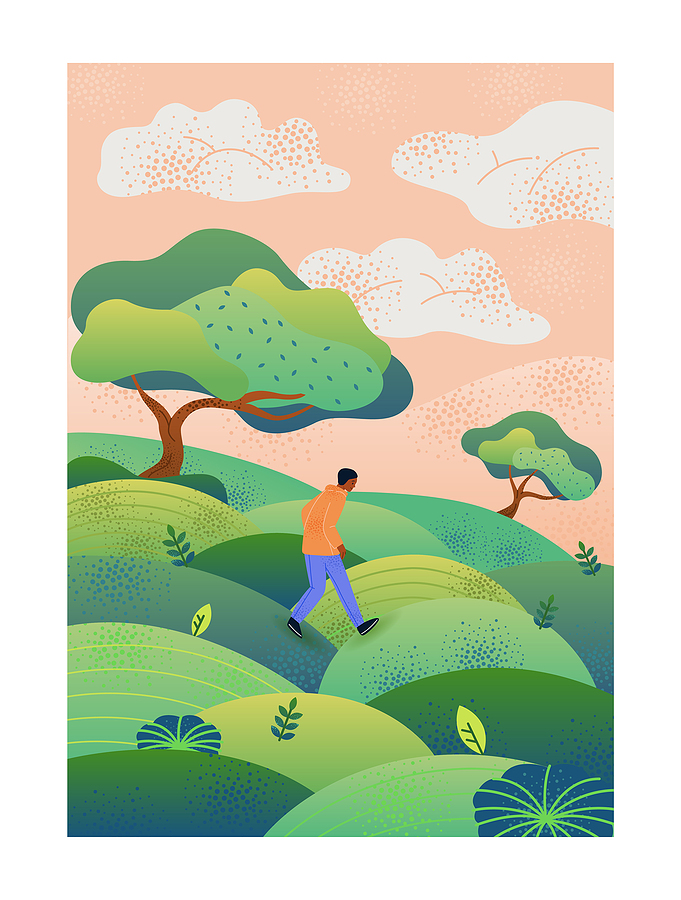Here are the other blogs in this series:
Resilience – Science-Backed Strategies from a Dyslexic / ADHD Perspective
Resilience Part 2- Change the Narrative – what are some ways we can do that? What about being neurodiverse would make that different from other people?
Resilience Part 3- Face Your Fears – Ways to do that and being neurodiverse
Resilience Part 4- Practice Self-Compassion – How do you do that while being neurodiverse?
Resilience Part 6- Cultivate Forgiveness –being neurodiverse can make it hard to forgive
WAIT – Don’t run away just because we said the word meditation. You will be surprised to find out that there are more options than sitting quietly cross-legged on the floor.
Welcome back to the fifth blog in this series about resilience, prompted by Kira M. Newman’s article ‘Five Science-Backed Strategies to Build Resilience.’ The fourth strategy is meditation.
Meditation is a powerful tool for building resilience. Kira M. Newman lays out several meditation techniques that help strengthen resilience, in her article ‘Five Science-Backed Strategies to Build Resilience.’ From Body Scans to Mindful Breathing, Newman digs into how these practices help build resilience.
“Negative thoughts can pull us along into their frantic stream, but the breath is an anchor we can hold onto at any time.” –Kira M. Newman
Meditation and mindfulness can be challenging for neurodiverse people, and they can be transformative practices. It is all about finding the practice that works for your specific brain. I will tell you to try and try until you find a couple. It took me years to find a few that matched my brain, and it was well worth it.
I hear from many people with ADHD that silent seated meditation can be extremely stressful. For those who find it frustrating to try to sit in silence, I recommend guided meditations, body scans, or other body-based mindfulness practices, especially ones that involve movement. There are walking meditation and mindfulness techniques and of course, there is yoga. Intentionally tapping into our bodies and minds with movement and breath work can be helpful for building a strong skill set for responding to challenges in healthier ways.
I have a client that just needs to be around trees. Even touching a tree along the sidewalk to settle them. They take a deep breath and just be with the trees for five minutes.
Newman recommends this 5-minute Body Scan Meditation. What I like about it is that it is quick and challenges you to slow down and pay attention to your body in the present moment. There is a nice guidance and structure to this meditation as opposed to diving straight into silent meditation. This type of mediation may not be great for neurodiverse folks who struggle with sensory overload, but there are other options! It is all about finding the type of mindful activities that help you get grounded.
For mindfulness activity ideas that accommodate people with sensory sensitivities, check out this article from mindful.org. There are some great ideas on how to tailor mindfulness practices to individual needs.
My Soul Balm, a blog about mental health, has a really informative post called ‘Mental Floss: A Neurodivergent Approach to Practicing Mindfulness.’ I really appreciate this neurodivergent perspective on how to make mindfulness more accessible. It can feel like mindfulness isn’t for us, and it’s helpful to hear about how other neurodivergent people structure mindfulness practices that work for them.
Here are some great tips from the article:
- Use headphones to block out distracting sounds
- Use mindfulness content that doesn’t use commanding language to prevent triggering PDA (pathological demand avoidance– which is common for those with Autism and ADHD)
- Play Binaural Beats off YouTube- this high-frequency meditation music can help get into a meditative head space. Here is one example mysoulbalm.blog provided
- Create variety in your mindfulness routine. Check out the weekly mindfulness planner included at the end of the blog post
- Seek out mindfulness teachers who focus on creating inclusive and accessible content- they share some great suggestions
When I have clients use the PQ resources there are some that have a negative experience with that process of mindfulness. It works great for me and I get it might not be a right fit for others at all, and that reaction starts us on an exploration of finding the right meditation tool for them. We don’t just give up because that didn’t work. We become curious explorers.
It is so encouraging to find resources by and for neurodiverse people who want to get into mindfulness and meditation. While it is frustrating that many neurotypical mindfulness spaces and resources are not made with us in mind, flex that resilience muscle and remember- we are not in this alone. We are creating a more inclusive world for each other and ourselves.
Resources:
https://greatergood.berkeley.edu/article/item/five_science_backed_strategies_to_build_resilience
https://www.mindful.org/3-mindfulness-practices-for-neurodiverse-meditators/
